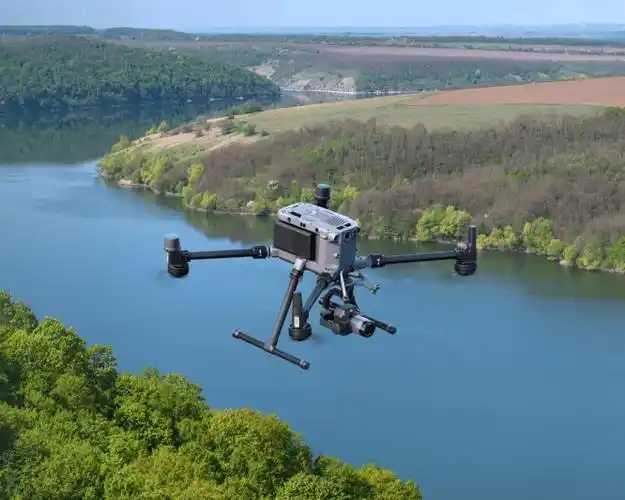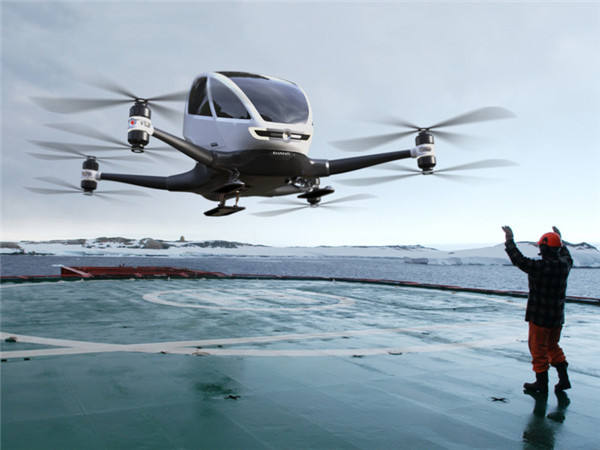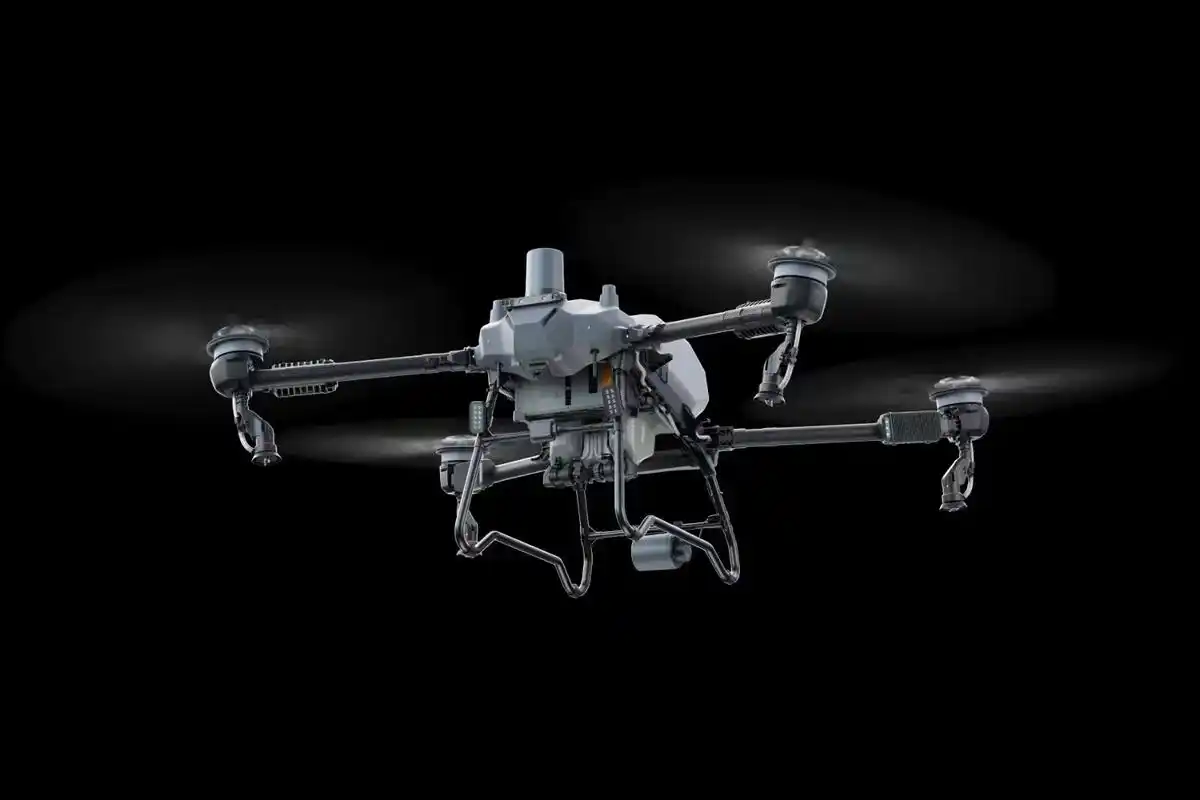
Low altitude economy is a comprehensive economic form that relies on low altitude airspace and is driven by low altitude flight activities of manned and unmanned aerial vehicles, radiating and driving the integration and development of related fields. It has the characteristics of a long industrial chain, complex application scenarios, diverse users, and involves multiple departments and fields. Low altitude economy related products mainly include drones, eVTOLs (electric vertical takeoff and landing vehicles), helicopters, etc., which are widely used in agriculture, logistics, transportation, emergency rescue, cultural tourism and other fields, and play an important role in building a modern industrial system.
Starry Sky and Ocean: Development Prospects of Low altitude Economy
Firstly, the low altitude economy, which integrates modern technology and emerging business models, is gradually moving towards the forefront of economic development at an unprecedented speed. According to the latest data from authoritative institutions, it is expected that by 2024, the global low altitude economy market will surpass the 2.32 trillion yuan mark, demonstrating its enormous market potential and broad development prospects. As an important participant in the development of low altitude economy, China's market size has achieved a remarkable success of 505.95 billion yuan in 2023, with a growth rate of 33.8%. This data undoubtedly demonstrates the strong development momentum and vigorous vitality of China's low altitude economy.
Secondly, the rapid rise of this emerging field is not accidental. Behind it, there are multiple factors driving technological innovation, policy promotion, and market demand. In terms of technological innovation, the continuous breakthroughs in technologies such as drones and low altitude aircraft provide solid technical support for the development of the low altitude economy. In terms of policy promotion, the Third Plenary Session of the 20th Central Committee of the Communist Party of China clearly proposed to vigorously develop the low altitude economy, which undoubtedly injected strong impetus into the development of the low altitude economy. At the same time, with the acceleration of urbanization and the continuous increase in people's demand for convenient and efficient services, the application scenarios of low altitude economy in logistics distribution, emergency rescue, tourism and sightseeing are becoming increasingly diverse, and market demand continues to expand.
Finally, it is worth mentioning that since the beginning of this year, the heat of low altitude economy has continued to rise. Innovative application scenarios such as drone delivery have been preliminarily launched nationwide, bringing great convenience to people's lives. The successful transfer of the first national "low altitude economic franchise" marks a crucial step in the development of China's low altitude economy, laying a solid foundation for future large-scale and industrialized development.
Breaking Waves and Moving Forward: Challenges Faced by Low Altitude Economic Development
The road to the development of low altitude economy is not smooth, and there are many challenges that urgently need to be addressed behind it.
Firstly, China's low altitude airspace management system has not yet established a sound unified standard, resulting in frequent violations such as "black flying" and "disorderly flying". These disorderly flight activities not only disrupt the normal order of airspace use, but also may cause serious aviation safety accidents, posing a huge threat to people's lives and property safety. In addition, the development and utilization of low altitude airspace resources is still in its early stages, and the lag of current airspace management measures is difficult to meet the actual needs of the rapid development of low altitude economy, which undoubtedly limits the further expansion of low altitude economy.
Secondly, the weakness of low altitude infrastructure is also a bottleneck that restricts its development. The severe shortage of general airports and the lack of ground supporting facilities have limited the operating range of low altitude aircraft and made it difficult to improve operational efficiency. This not only affects the large-scale development of low altitude economy, but also limits its widespread application in emergency rescue, logistics distribution and other fields.
Furthermore, the low level of technological standardization in the low altitude economy industry chain, especially the lack of uniformity in aircraft manufacturing and operation standards, has brought great difficulties to the coordination of upstream and downstream in the industry chain. This not only increases production costs, but also reduces the overall competitiveness of the industrial chain. At the same time, the upstream R&D process faces the problems of long cycles and large capital investment, which puts heavy financial pressure on R&D enterprises and makes it difficult for them to continue investing in innovative R&D, thereby affecting the sustained and healthy development of the low altitude economy.
Finally, the safety risks associated with low altitude flight cannot be ignored. Due to the complexity and uncertainty of the low altitude flight environment, various unexpected situations such as weather changes, mechanical failures, etc. may be encountered during the flight process, which may pose a threat to flight safety. However, China's low altitude safety supervision system is not yet perfect, and the regulatory and technical means are relatively lagging behind, making it difficult to effectively respond to safety risks in low altitude flight. This undoubtedly poses significant challenges to the development of the low altitude economy.
Soaring with Wings: Development Strategies and Challenge Responses for Low Altitude Economy
How can we promote the development of China's low altitude economy in the face of these challenges? Firstly, we should draw on international low altitude airspace management practices, improve policy documents, promote the implementation of classified management, and establish clear operating rules and regulatory policies. At the same time, we will strengthen the cooperation among the military, civilians, and local authorities, improve the efficiency of airspace management, and ensure flight safety. Secondly, we should accelerate the construction of infrastructure such as general airports, improve low altitude digital infrastructure, explore the construction of a low altitude integrated comprehensive regulatory service platform, and provide a convenient and smooth operating environment for the development of the low altitude economy. Furthermore, we should strengthen technological research and development, improve the performance of low altitude aircraft, and promote the standardization of industrial chain technology. The government and enterprises should increase research and development investment, especially in key areas such as aviation engines, to enhance their independent innovation capabilities. At the same time, strengthen research in the field of drones to improve performance and intelligence. Finally, it is necessary to strengthen safety supervision, clarify responsibilities, establish rules, standards, and regulatory policies, and regulate market order. Build a drone anti surveillance system, combine multiple technologies to construct a low altitude security system, and achieve a shift from specific area supervision to cross regional and multi domain collaborative supervision.
Secondly, in the field of low altitude economic manned transportation, although many companies have invested a lot of resources to actively develop manned low altitude aircraft and made remarkable progress in key technologies such as flight control and safety monitoring, there is still a certain gap in its overall safety performance compared to traditional air transportation, which needs further improvement. This situation is mainly attributed to the relatively low maturity of low altitude aircraft technology and the lack of operational experience of enterprises in this field. Immature technology may lead to poor performance of aircraft in dealing with complex flight environments and unexpected situations, while insufficient operational experience may increase uncertainty and risks during the flight process.
However, it is worth noting that with the continuous advancement of technology and the gradual relaxation of policies, the safety performance of low altitude economic manned space is expected to see significant improvement. Enterprises should seize this opportunity, further increase research and development investment, and strive to improve the performance of low altitude aircraft, especially in flight stability, safety monitoring, and emergency response. At the same time, the government should actively improve the safety supervision system of low altitude economy, strengthen the supervision of low altitude flight activities, and ensure that low altitude flight activities are carried out in a safe and orderly environment. Through the joint efforts of both government and enterprises, the low altitude economic manned field is expected to achieve more stable and sustainable development.
In summary, as an emerging field with both opportunities and challenges under the new trend, the low altitude economy has broad development prospects, but it also requires us to face and solve the challenges it faces. Through efforts in improving policies, strengthening infrastructure construction, promoting technology research and development, and enhancing safety supervision, we are confident in promoting a healthier and more sustainable development of the low altitude economy.




